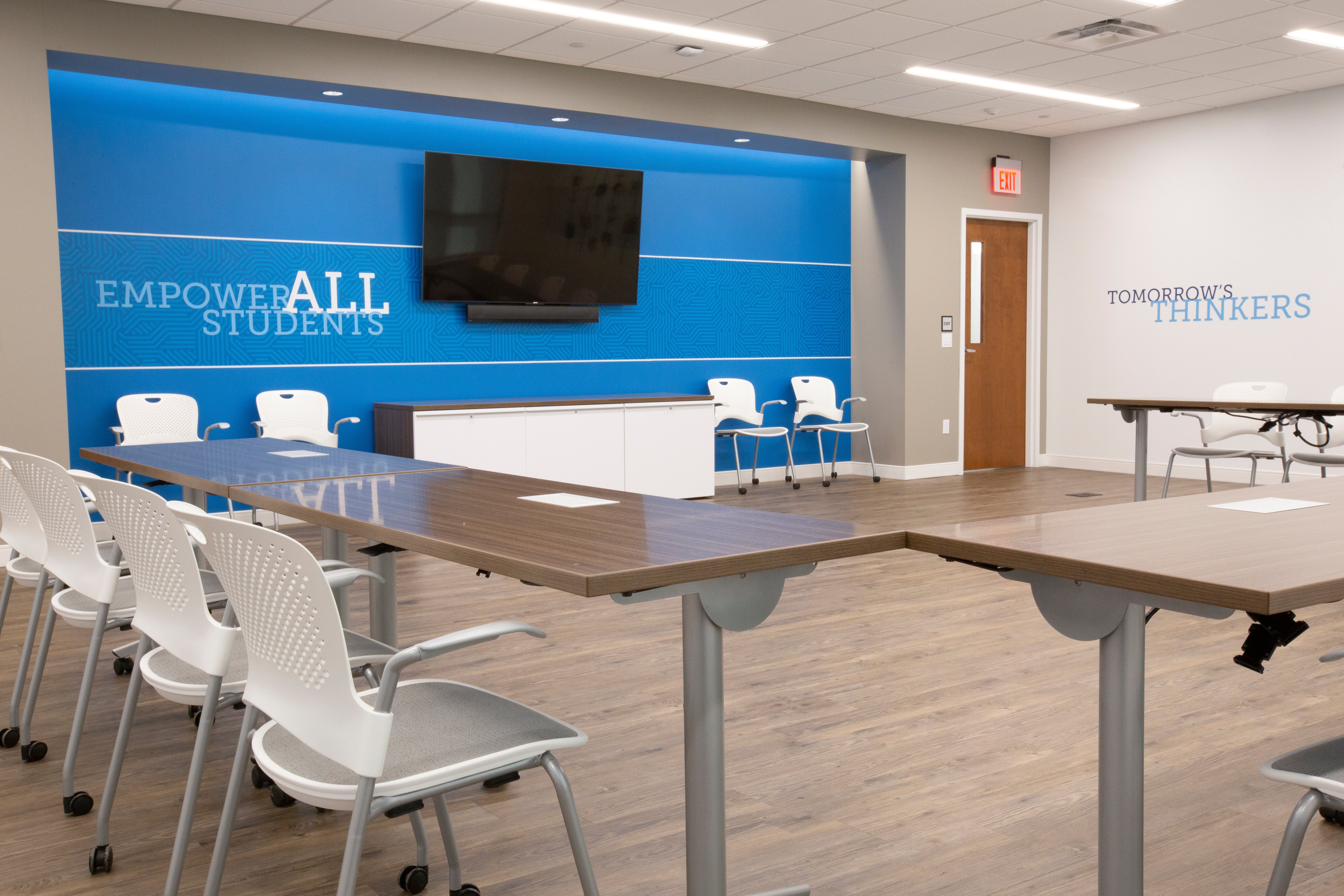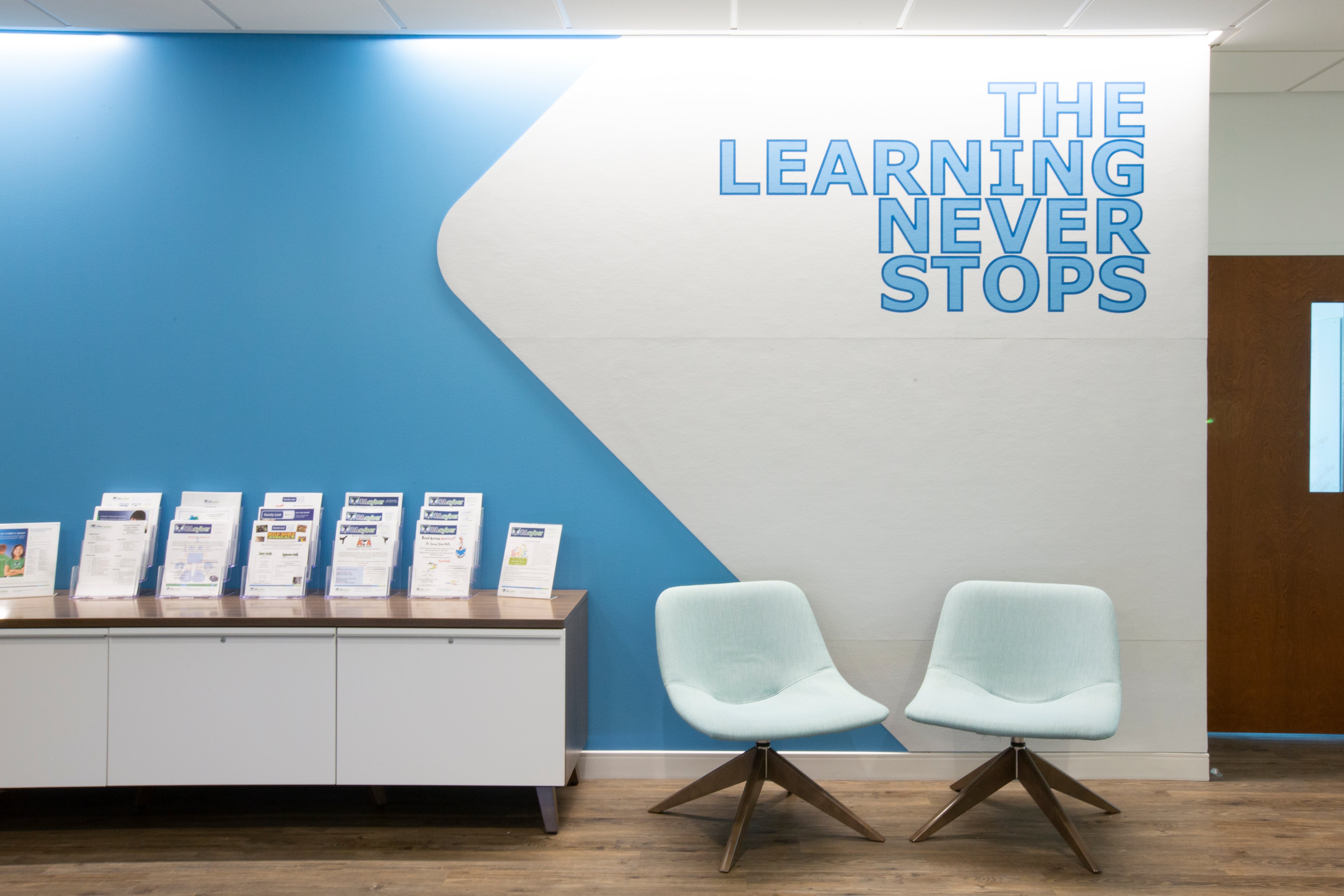
Educational buildings are more than learning spaces. They are a space in which to spark imagination, inquiry, and creativity. That’s why the physical space can play such a critical role in learning and development by encouraging curiosity. In fact, many academics and researchers say supporting more questioning by young minds is more imperative than ever.
Warren Berger, acclaimed author of A More Beautiful Question, writes that the most creative, successful people tend to be expert questioners who were encouraged to question at a very young age. His book notes that when kids stop questioning, they become less engaged in school, which in turn affects dropout rates, test scores, and impacts their future success.
But why do we need to actively support this at such a young age? Can’t we always learn how to better question and increase our creative talents? Yes, but studies are indicating it’s much more effective and sets children up for better life success, if supported from their formative years. The reality is children already think in terms of questions while very young.

According to Paul Harris, renowned Harvard child psychologist and author, a child asks about forty thousand questions between the ages of two and five. In fact, preschool children on average, ask their parents about 100 questions a day. Their minds are full of wonder and “why?” At this age, children are building up their own catalogs of information — supported by an environment where it’s okay to question and not have all of the right answers.
Innovators in education have long suggested there may be a very real relationship between students asking questions and being engaged in learning. A 2015 Gallup survey found that only half of adolescents reported feeling engaged in school, and a fifth are actively disengaged. About 10% of students are also classified as both disengaged and discouraged. As questioning drops over time, sadly so does engagement. It’s referred to as the “school cliff” in some education circles.
So how can we adjust our environment, including physical space, to encourage questioning and engagement from today’s students—especially those in K–12? Here are 5 ways that experiential graphics in educational settings are shaping tomorrow’s leaders:
- Show measurement at the student scale
- Use the physical environment to communicate measurement relative to other subjects or students’ own experience.
- Connect language to physical objects
- Install words onto objects themselves using multiple languages to provide short lessons in translation
- Make history personal
- Display historical individuals or items in a way that invites interaction and students placing themselves into the situation
- Let structure communicate structure
- Use school buildings to highlight architectural engineering and sustainability concepts, processes, and ideas
- Integrate learning and playing
- Involve students in the creation and application of graphics, and make the interactive or interchangeable to keep the process going year after year. Outdoor surfaces and playgrounds are an opportunity, too!
This blog post is an excerpt from the most recent edition of our award-winning publication, Great Spaces. Download your FREE copy today to continue your read of experiential graphics in school settings, and learn how the benefits go far beyond school spirit and pride!





Comments